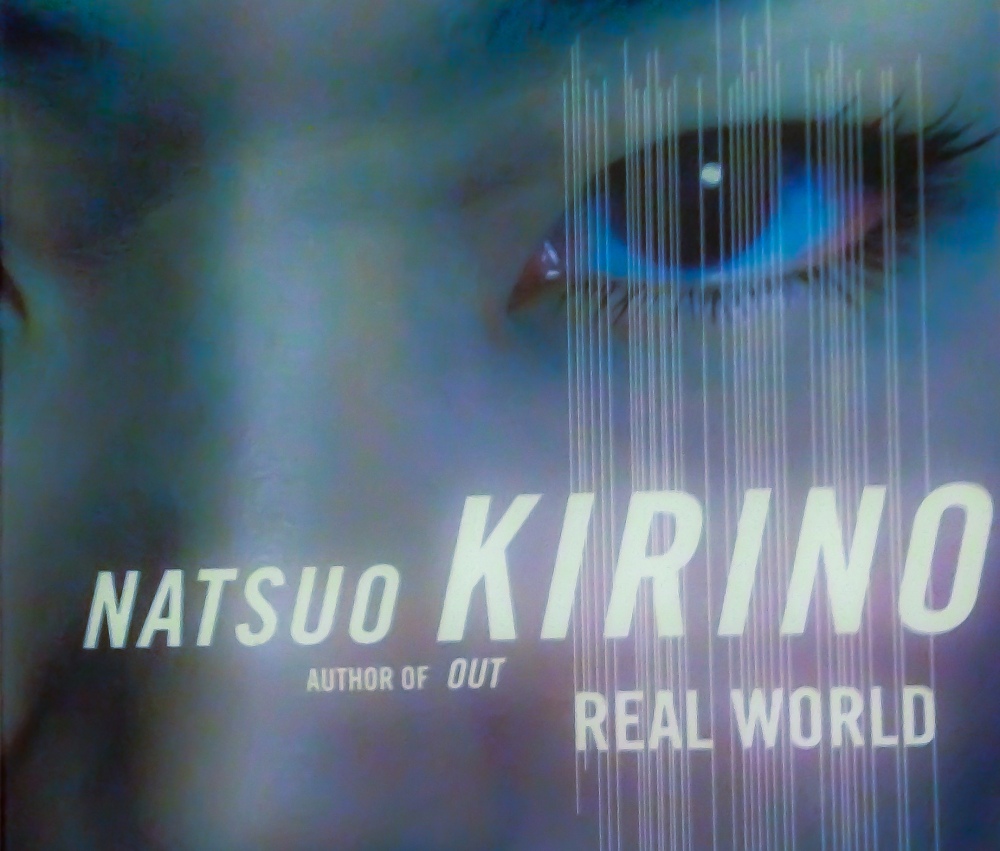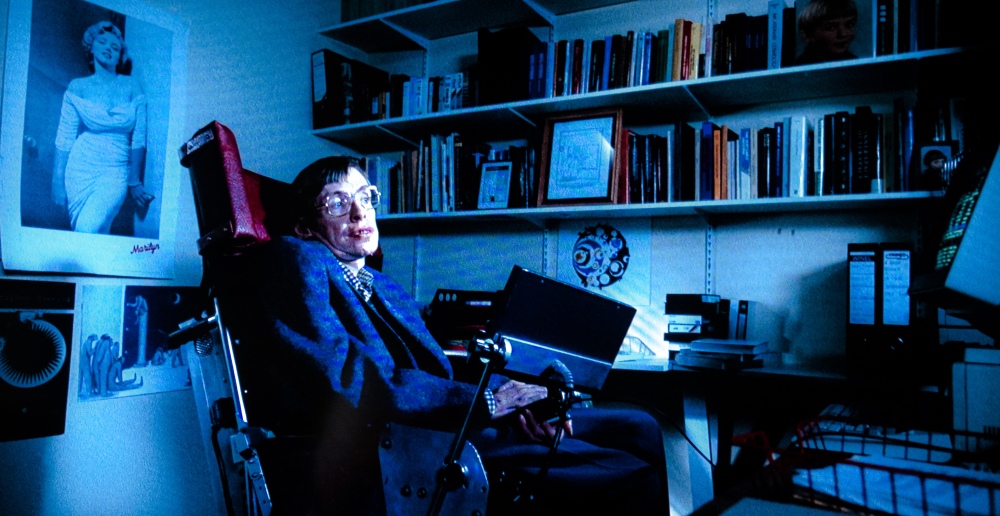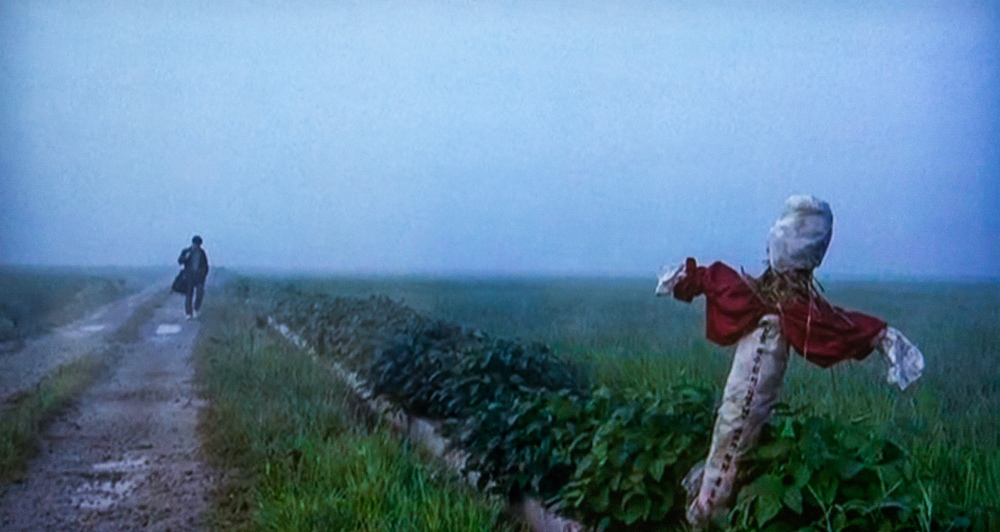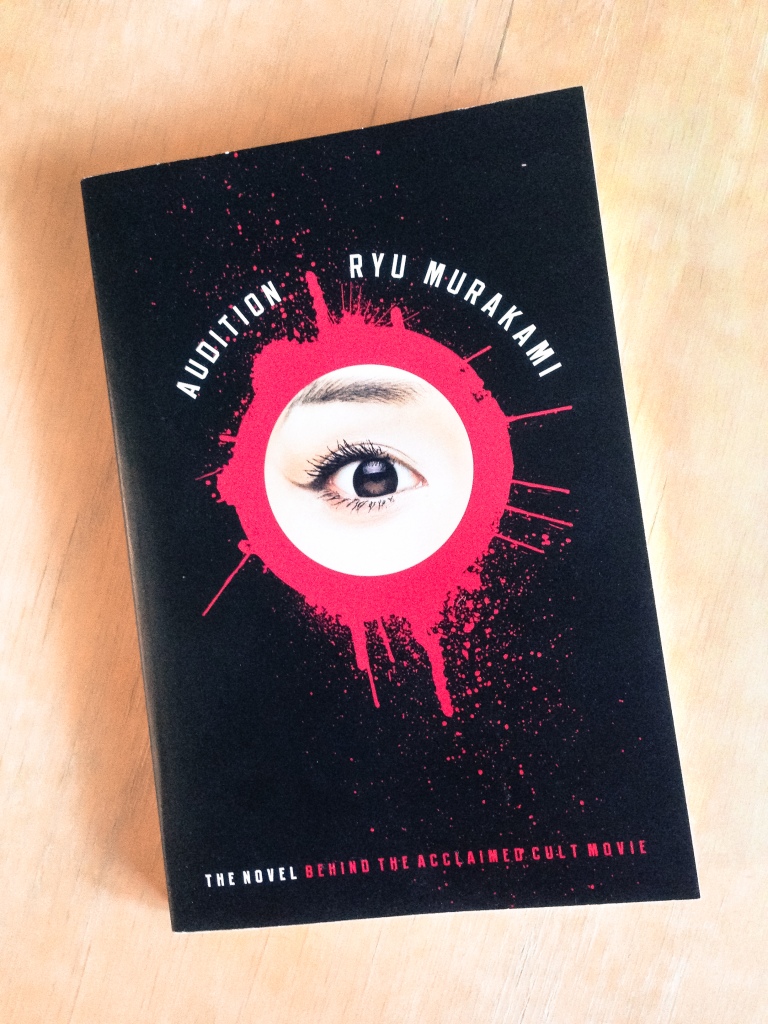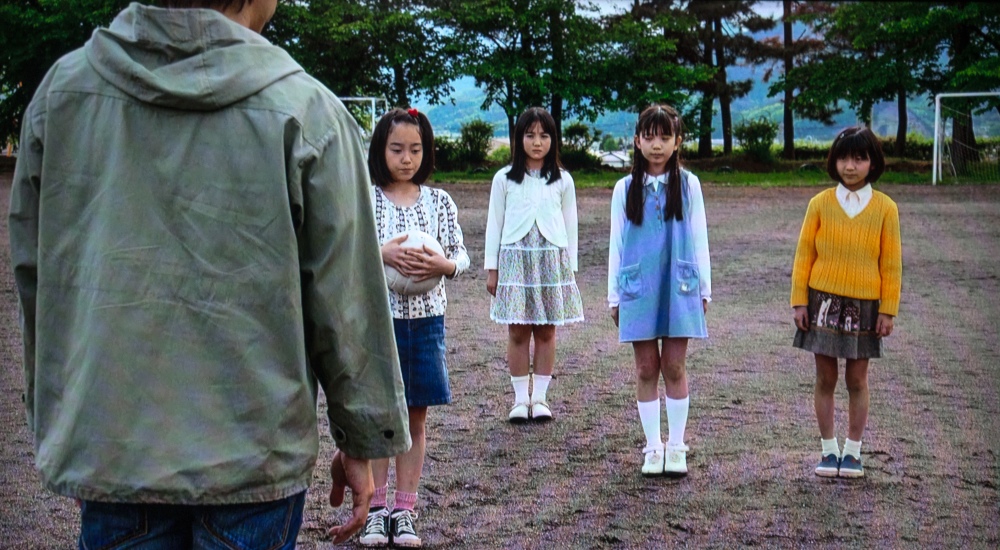Tossed About By Life: Natsuo Kirino’s ‘Real World’
Photo credit: David Martínez
What drives a person to kill? Furthermore, what compels our fascination with killers? In the eight chapters of Real World, the author of Out and Grotesque delves into the disturbed psyche of “Worm,” an ordinary boy, an underachiever who resents his parents, particularly his mother, whom he grows to loathe. Does the reader ever learn Worm’s real name? I honestly don’t recall, mostly because the character that Kirino creates thoroughly embodies his subterranean, not to mention inhuman, persona. Equally intriguing are the four high school girls, one of whom, Toshi, lives next door to Worm, while the other three are classmates and good friends with Toshi. Each girl takes an interest in Worm, complete with a morbid attraction with what he did to his mother.
Because the story of Worm’s crime and his pathetic flight from the consequences is told from the perspectives of the five main characters, it may seem obvious to compare Real World to Rashomon, Akira Kurosawa’s legendary period piece crime drama, however, the comparison is apropos. Similar to Kurosawa’s 1950 film, Kirino’s 2003 novel—which was published in English in 2008—relies on the subjective experience of each female character (Toshi, Yuzan, Kirarin, Terauchi) and their relationship with Worm (and a host of secondary characters) to develop a nonlinear portrayal of a juvenile killer, the way in which his pathos and inarticulate anger draws four discontented teenage girls into his self-destructive path, and the society in which they all dwell.
Kirino’s real world is one in which underneath an otherwise sedate and well-mannered existence, a rage driven by suffocating convention—a convention unable to accommodate those who fall outside of the boundaries of so-called normality—is often churning, waiting to explode in a volcanic display of existential violence. Worm is on the run from a real world that the others are also trying to flee from, so with the foolhardiness and impetuousness that frequently accompanies youthful ideas of rebellion and adventure, Toshi, Yuzan, and most tragically for Kirarin and Terauchi, let themselves become Worm’s accomplices. Real World is a page-turner, which vividly invokes a Japan in which the instinct to kill is irrepressible, as not even the most orderly society can completely suppress the inner-turmoil that comes with feeling like you don’t belong, replete with the loneliness and despair that comes with feeling like life is just tossing you about.
